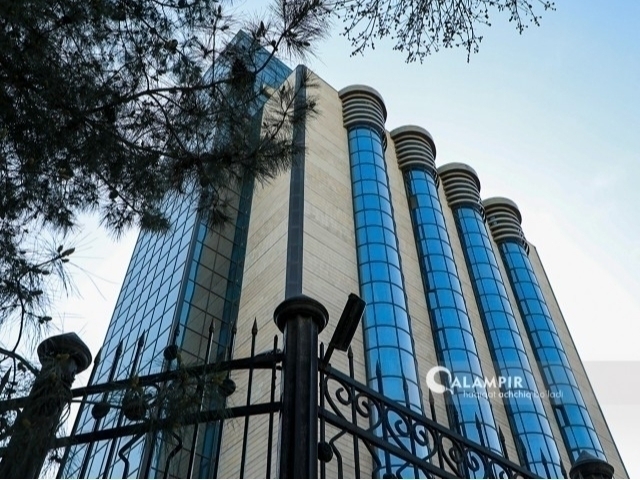Central Bank leaves key rate unchanged
Local
−
10:351264
Today, January 23, the Central Bank board decided to maintain the key rate at 13.5 percent per annum. This was reported by the Central Bank's press service.
The statement noted that while overall inflation has declined in recent months, inflationary pressures within the economy are evolving in various directions. Although the impact of last year's energy price liberalization on inflation is expected to diminish in the coming quarters, inflation expectations remain elevated, necessitating the continuation of relatively tight monetary conditions.
"The decision aims to return core inflation indicators and inflation expectations to a stable downward trajectory and create sufficient conditions to achieve the 5 percent target in the medium term," the statement read.
The overall inflation rate has been on a downward trend since October 2024, reaching 9.8 percent year-on-year in December. This trend can be viewed as a reflection of strengthening price stabilization. At the end of 2024, price growth slowed down compared to 2023 for three-quarters of goods and services in the consumer basket.
Core inflation slightly accelerated in December, reaching 7.2 percent. However, the relatively high core inflation of services and non-food goods indicates the presence of factors driving inflation associated with an increase in aggregate demand, alongside supply-side factors.
The economy is expected to maintain a high level of consumption and investment activity in 2023-2024. Notably, robust growth in wages and cross-border remittances has contributed to an increase in real incomes for the population. This, coupled with high economic activity, will continue to exert upward pressure on aggregate demand in the coming months and may fuel core inflation.
Furthermore, an increase in inflation expectations among both the population and businesses was observed in November-December 2024 due to the emergence of seasonal supply factors.
In the future, the mitigation of these effects on inflation, relatively tight monetary conditions, and the maintenance of macroeconomic stability will contribute to a decline in inflation expectations.
"According to the updated forecasts, headline inflation is expected to be around 7-8 percent by the end of 2025.
The initial impact of the energy price liberalization in 2024 will dissipate in the first half of this year, exerting a significant downward pressure on headline inflation by the end of the second quarter. However, a temporary increase in the headline inflation rate is expected in April due to the one-month delay in the implementation of the next stage of this reform in 2025," the report stated.
It is reported that in the future, the level of secondary effects of the aforementioned changes on core inflation will be a crucial determinant of the direction of monetary policy. In 2025, the trend of gross domestic product growth is projected to continue due to high economic activity, reaching approximately 6 percent by year-end. In this context, an increase in private investment will serve as a key driver of economic growth and will contribute to an increased supply of goods and services.
Simultaneously, risks associated with rising prices for certain food products on the global market in the coming quarters may exert upward pressure on inflation through import prices.
"The recent strengthening of the real effective exchange rate in the latter months of 2024 was short-lived and primarily driven by the depreciation of the currencies of some trading partners and the relatively high inflation rate in our country compared to theirs. In the second half of 2025, as the inflation rate declines, the real effective exchange rate is expected to revert to its medium-term trend level," the report states.
The current account balance is anticipated to improve in 2024, and the macroeconomic situation in trading partner countries is expected to remain relatively stable in 2025. No significant risks are foreseen in terms of internal factors impacting the exchange rate, fostering expectations of balanced trends in the domestic currency market over the medium term.
Interest rates in the money market and yield indicators on government securities point to the relative stability of the current monetary and credit conditions. Real interest rates in the economy encourage a higher propensity for the population to save.
"As a result of maintaining the level of stability of monetary and credit conditions, credit growth will remain moderate in the future, and the continued high growth rates of deposits will help to balance aggregate demand and mitigate the impact of monetary factors on inflation," the report stated.
Considering the aforementioned factors, to ensure price stability in the medium term, the Central Bank Board decided to maintain the key rate unchanged at 13.5 percent.
Moreover, in the medium term, the Central Bank will ensure that monetary conditions remain sufficiently tight to facilitate a steady decline in inflation towards the 5 percent target. If prospects and evidence emerge for an increase in aggregate demand and price pressures within the economy in the coming quarters, a tightening of monetary conditions may be considered. The next meeting of the Central Bank Board to review the key rate is scheduled for March 13, 2025.
Live
All




